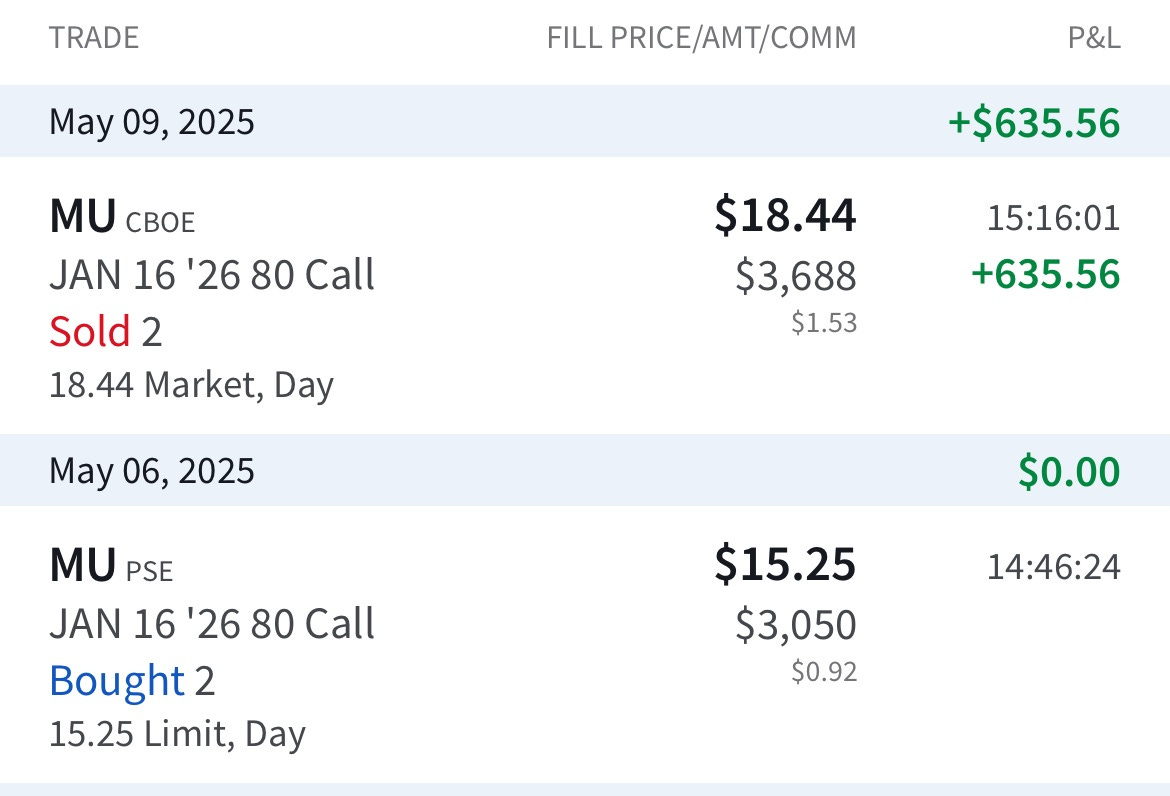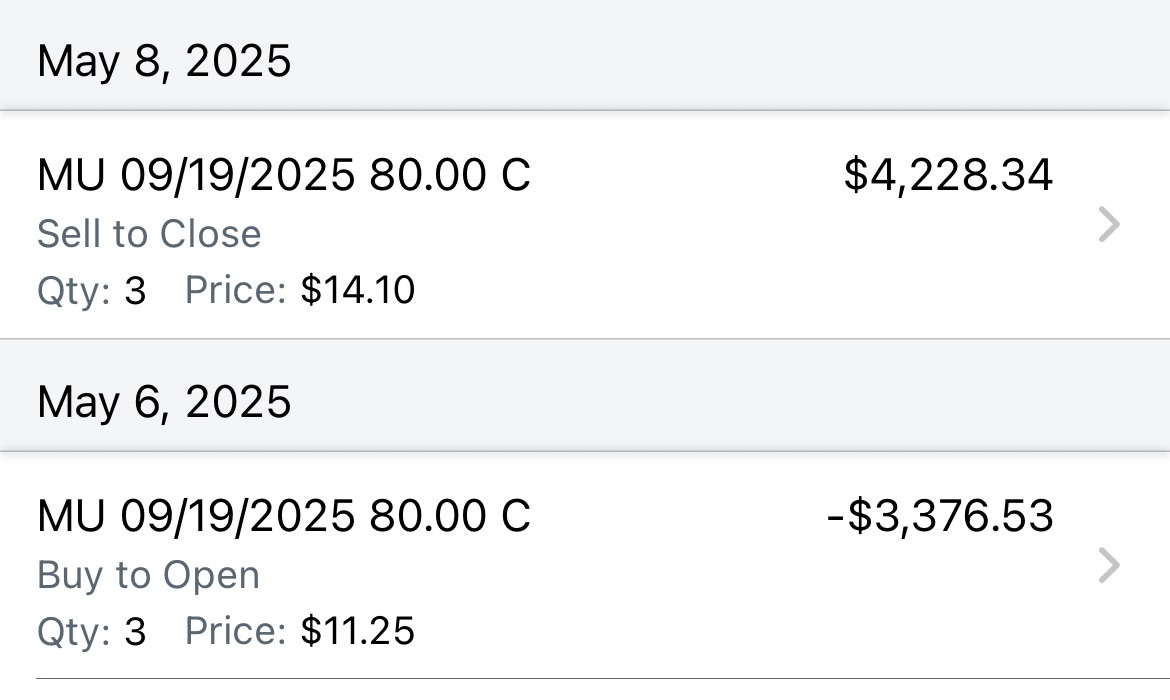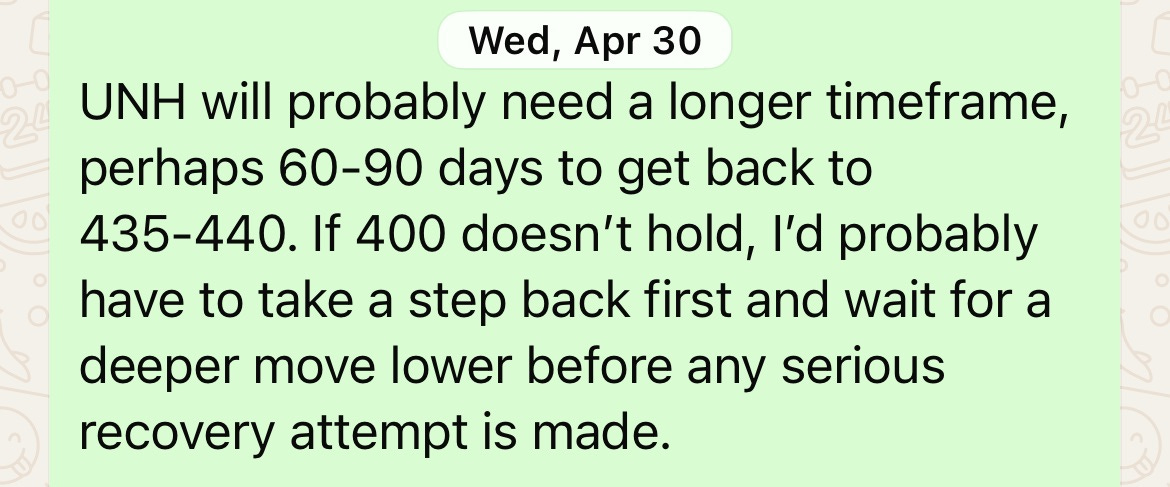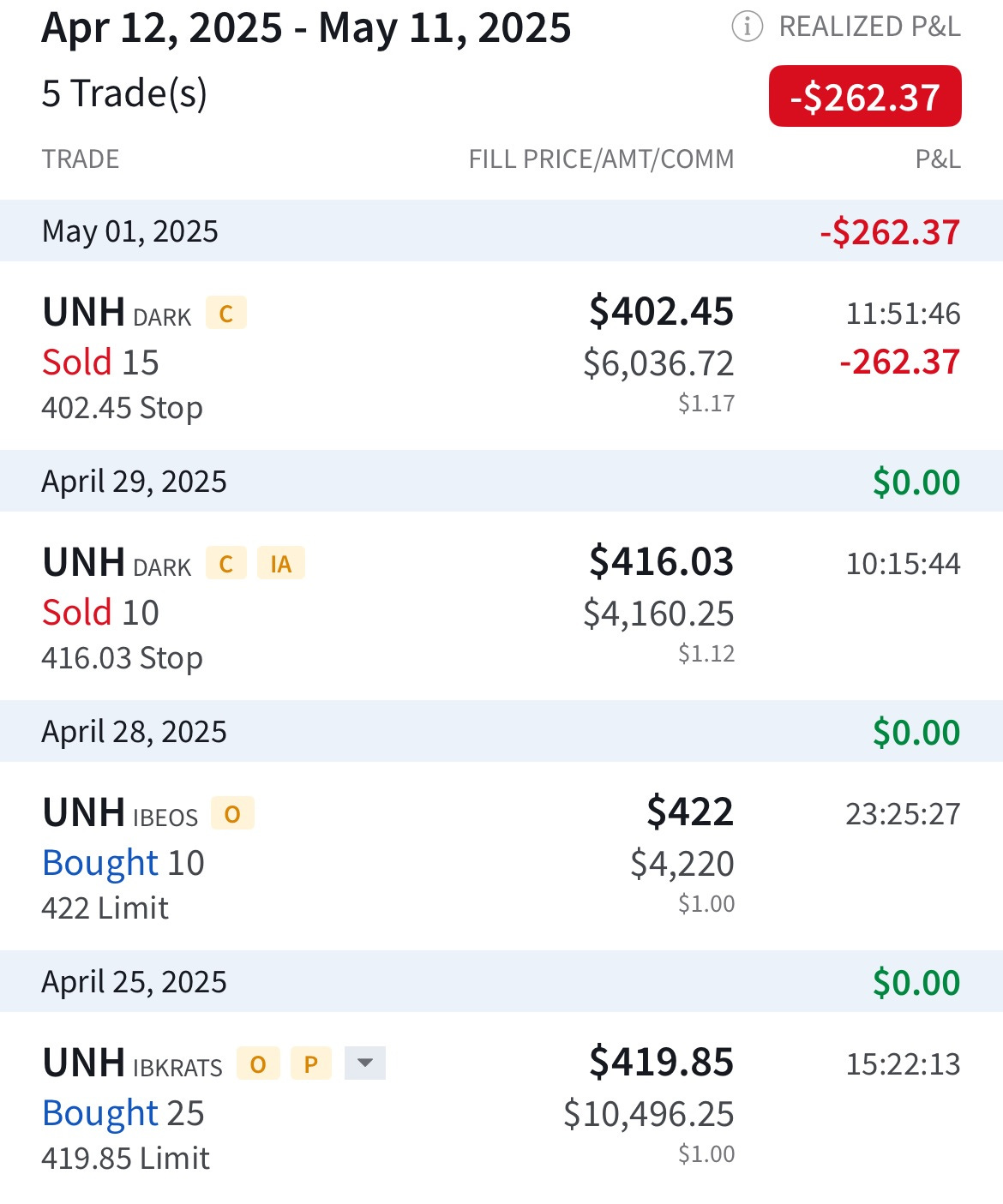I have a New Discord Server.
Renaming our Community to Intrinsic Value System
New Discord Server with a NEW community format is here (free to join): https://intrinsicvaluesystem.com/lib
We’ll be renaming our Substack as the Intrinsic Value System as it better reflects our heavy use of Financial Modeling to find opportunities.
Hey Everyone -
A quick personal update before we get into community format changes: I’m going to be bringing in an amazing line-up of guest interviews on my Youtube channel in the coming weeks and months ahead. Some of the brightest minds in macro, finance, and policy. I’ve been working quietly in the background to make these connections. They are big deal folks in finance such as Mike Cintolo, Mark Blyth, Dave Rosenberg, and Michael Pettis. It is very exciting to be making more connections in the industry - if you have a guest expert to recommend to me please email me at larrycheungcfa@gmail.com with the title “Guest Connect”.
Now over the last 60-75 days, we’ve been building out a brand new community format in the background. We think it’s literally the perfect time to empower people on how to create and use the DCF Model.
In this new and separate community hosted on Discord, I will be sharing my exact Financial Modeling process and provide the same Custom Models that I’ve been using in my decision making process. I will teach people how to create and apply a DCF model, and help them build a skillset that can be super powerful if applied correctly.
The value proposition of what I’ve been doing up until this point on Substack has been Analysis & Strategy for markets.
The value proposition of this new community format is to teach you Financial Modeling, and perhaps even more exciting, using this skill to execute. I’ll going to be sharing a long-term portfolio and funding a new swing trading portfolio to demonstrate the execution. It’ll be hosted exclusively on Discord.
Here’s what’s inside
Education & Custom Templates
Access to download my Custom Built Discounted Cash Flow (DCF) Financial Models for the top 10 companies inside the market. These companies move the market. If we understand their intrinsic values, we indirectly know where the indices may trade towards. These are live financial models that will showcase all my assumptions, and display the Bear/Base/Bull Cases. I update these 10 models once per quarter.
I will provide a Custom-built template for people to build their own models. I have financial data sets of the top 15 companies within the S&P 500, Nasdaq, and Semiconductor ETF for you to build your own models.
Because I’m providing Custom Templates and Data Sets that can be used immediately, I am cutting the learning curve of financial modeling substantially. I estimate that it will take the typical person roughly 1-3 months to learn the fundamentals of financial modeling if they are serious, and then they will have a brand new skill to apply afterwards. Note that while it takes a few weeks to learn it, it could take up to a year or even 2 to truly master it. These DCF conclusions that you see me give out aren’t weeks in the making, they are YEARS in the making of this skill. Once you have this skill set though, I’d like to think that you are on your way to becoming your own boss very soon.
Execution & Education
I will share execution details on how I apply these concepts in a long-term portfolio. I plan to use one of my long-term portfolios to demonstrate how to apply Financial Modeling with execution.
I will share execution details on how I apply these concepts in a swing-trading portfolio.
Remember the focus is the education behind why I’m taking the transaction. Of course publicly we’ll celebrate wins and stuff like that. That’s because that’s social media culture. But privately, members who have been with me for a long time and familiar with my style know that I do NOT really celebrate wins that much (other than a quick shoutout) nor get overly worried about losses. Why do I do this? It’s because I want to lower mental expectations. Big Expectations is what gets us in trouble in markets. I am happy with whatever happens. That is my mindset.
For the public, part of what builds community is excitement.
But privately - whether it’s a HUGE win or a DEEP loss, you will see me not really talk about it that much internally other than the lessons learned from it. I’ve been doing this for a while now. Can’t be too excited/worried about numbers changing on the screen.
My style is that I do tend to be somewhat in Stalking Mode unless I see something really compelling. I’m selective. I tend to be Inactive rather than overly Active at range highs (like we’re in now). So, it may come across as boring for some. I’m not always looking to press the button. But when I take action I do it quickly, and when it works, it won’t be boring for long. Long-time members understand this style.
*Please note - I will share execution details in this community format to share my process. But again, it is intended to show my personal thought process and reasoning. This is not financial advice.
You can learn more here: https://intrinsicvaluesystem.com/lib
Note to existing Substack/Patreon Members: I will still continue to provide you WhatsApp pre-market updates Monday-Thursday. Everything stays the same. There are absolutely no changes to your subscription.
Existing Members on Substack/Patreon will continue to get Strategy on WhatsApp.
Members on Discord will get everything from Strategy, Financial Modeling Education, and Execution details.
Joining the Discord will have a TON of access to free resources and previews.
Here’s the difference between Strategy and Execution.
I’ll show an example of a green position (MU) and an example of a red position (UNH).
In Strategy, I provide something like this: “adding onto a Micron position”. Should be pretty clear I like the name.
In execution, I would first provide the Financial Model of the company that I mentioned. That in itself is substantial education because you can see the Bear/Base/Bull case for the potential outcomes.
If the position is anything more than a tiny allocation, I will always have done a financial model on it. I will share it. That way I know the parameters of how high/low the company may go in the intermediate term so that I can have a big picture sense of am I buying at a discount based on the model or am I buying at a premium. Remember, even in execution, I really want to make it very educational and not just have a “let’s make some money” type of culture. That type of culture comes and goes.
If we have a good process and a long enough timeframe, odds are stacked in our favor.
I will provide numerical details like whether I’m using Direct Shares or Options or Futures. If I’m using Options, I’ll share education on why I choose the strike and expiry and so forth. In other words, anyone interested in options will be getting ongoing practical education over and over.
Like why in this instance, I liked in the money calls with some time duration on Micron.
Here’s an example with a loss related to UNH. I’ve made money on UNH in previous sequences. But in its recent downturn, UNH has been mired in bearishness and it’s been one straight line down.
Strategy: I did believe UNH at 420 had a chance on the long side after a mega selloff.
Execution: I bought a first lot at 420. Then I averaged UP at 422, believing that we could get to at least 435. At 420, the stock is trading at the bear case.
But we made a lower low, and my 400 line in sand wasn’t respected so I sold a portion.
So now I have 10 shares out of my original 35. Why keep the 10 shares? Because you never know, and UNH might skyrocket one day. Selling the entire thing might not be optimal unless you really want to discard it.
If UNH continues plummeting, it doesn’t really matter because I only have 10 shares. But if it somehow gets back to 440+, I actually breakeven without having bought any more.
This is the type of education on execution I’ll be sharing. It is NOT just about the P&L.
What we’re doing is a marathon and not a sprint!
Our biggest assets are Process, Patience, Capital, and Time.
With this new format, I hope to help with Process and Patience in the Discord.






